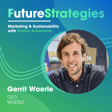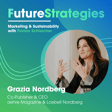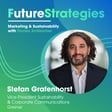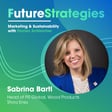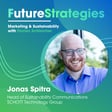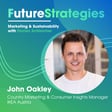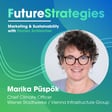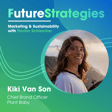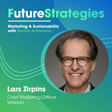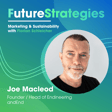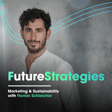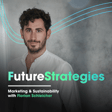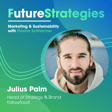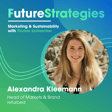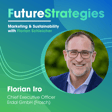
📬 "It's all about the benefits" - Sara Aust from Storebox about scale-up marketing
Sara Aust is the Head of Marketing at Storebox, a thriving scale-up in the logistics industry that operates in 6 European countries. Here she developed from a crew member to a management position and built a successful team of 10 experts from different nationalities. During her career she gathered insights in the cultural industry as well as different Marketing positions, such as in a digital agency.
Are you curious to make your companies marketing ready for the future? Then I have the some simple and exciting options for you:
First, this is exactly what I do for my clients - I help them build their future strategies with workshops and coaching sessions.
I also have a very simple entry offer for founders and aspiring marketing experts: The Simple & Sustainable Marketing Academy, with a ridiculously cheap entry ticket price, because I love sharing what I have learned.
And if you enjoy reading: Check out my newsletter where I write about marketing, strategies and sustainability available every two weeks in the FutureStrategies newsletter.
About Florian Schleicher: I'm a marketing strategist - over the last 15 years I've led and helped shape marketing at McDonald's, Greenpeace and Too Good To Go. Now I help forward-thinking companies take their marketing to the next level.
With FutureS, the Impact Marketing Studio, I help brands achieve their goals and sustainable growth. All without the usual hustle.
